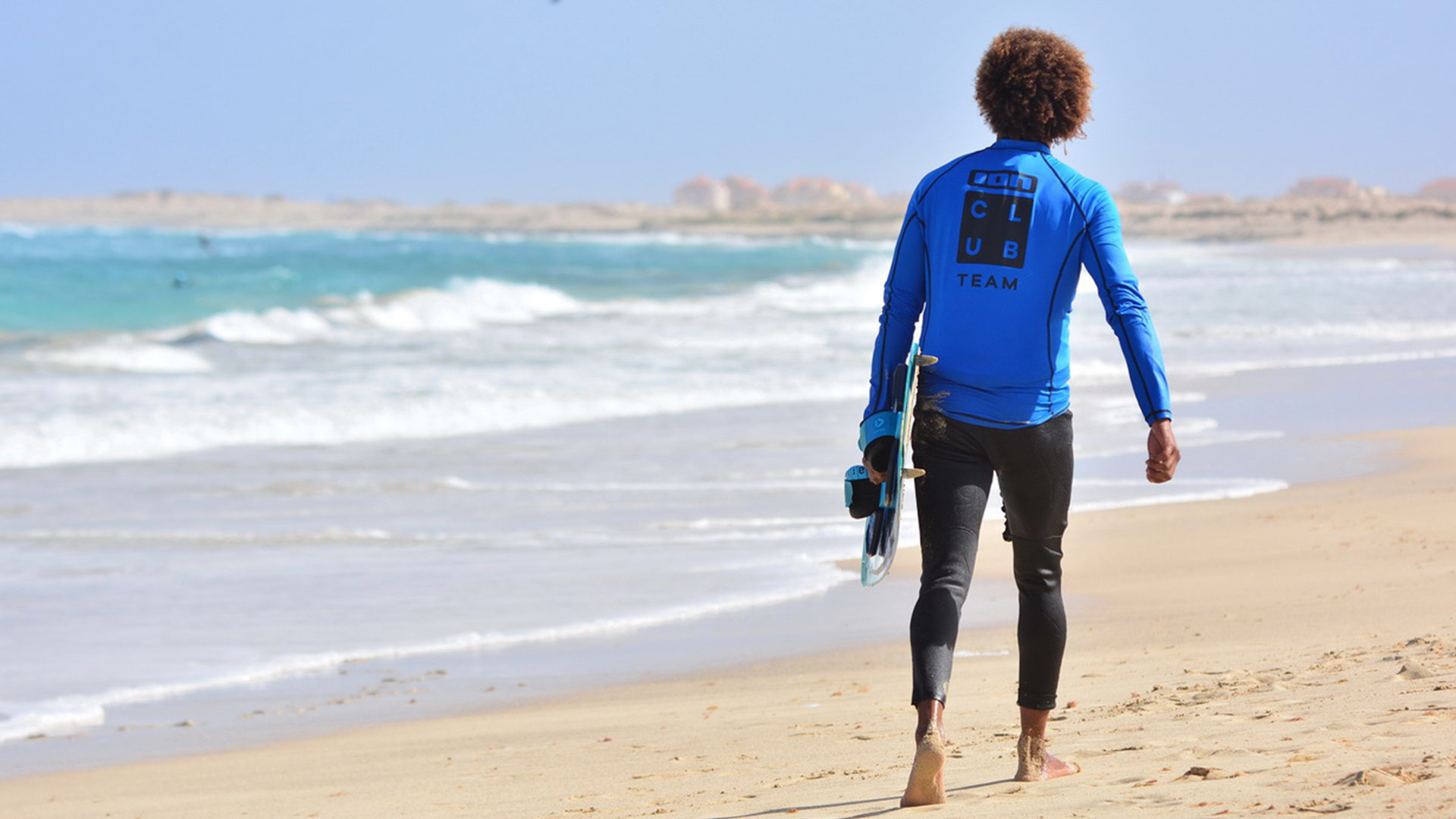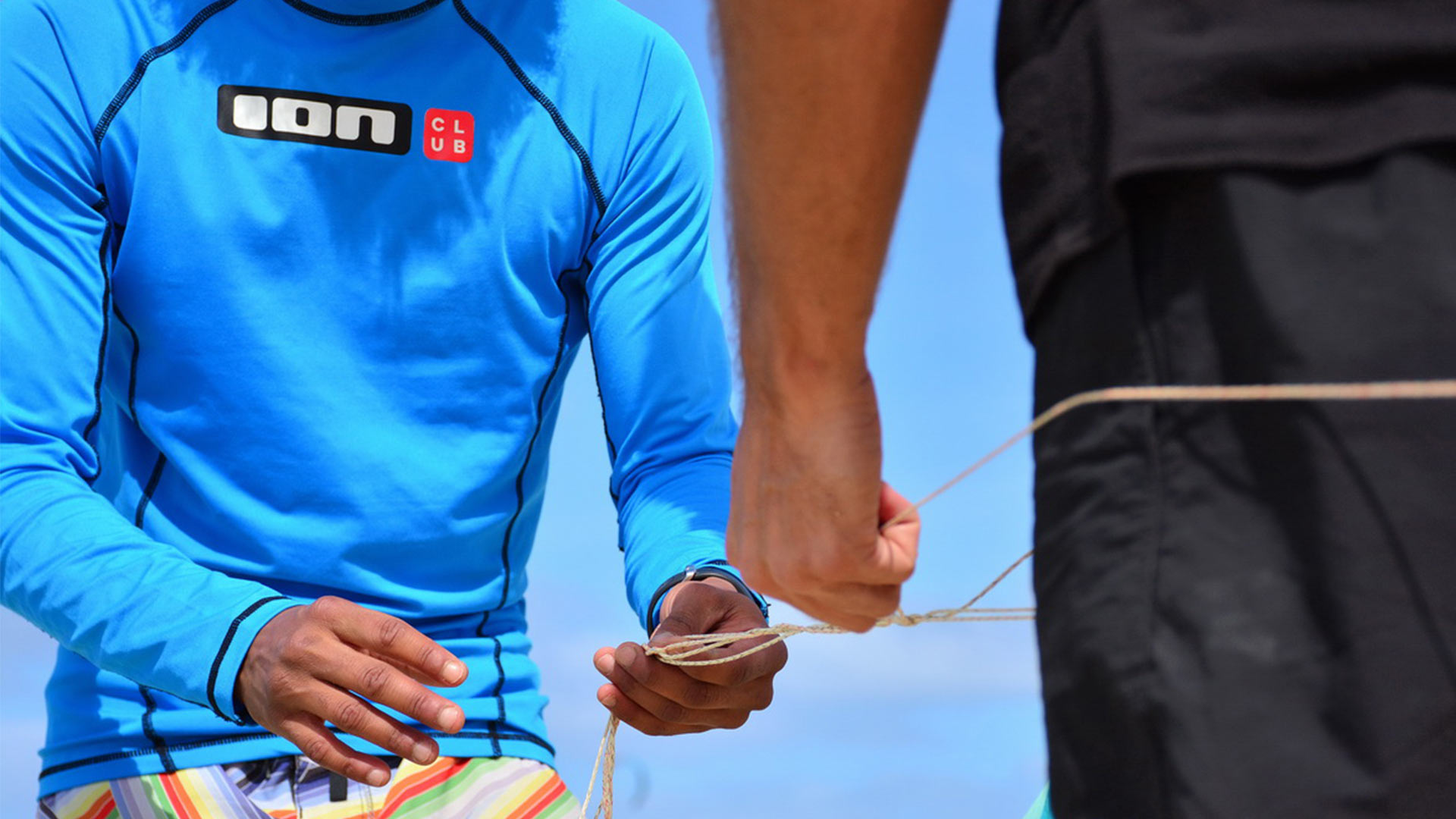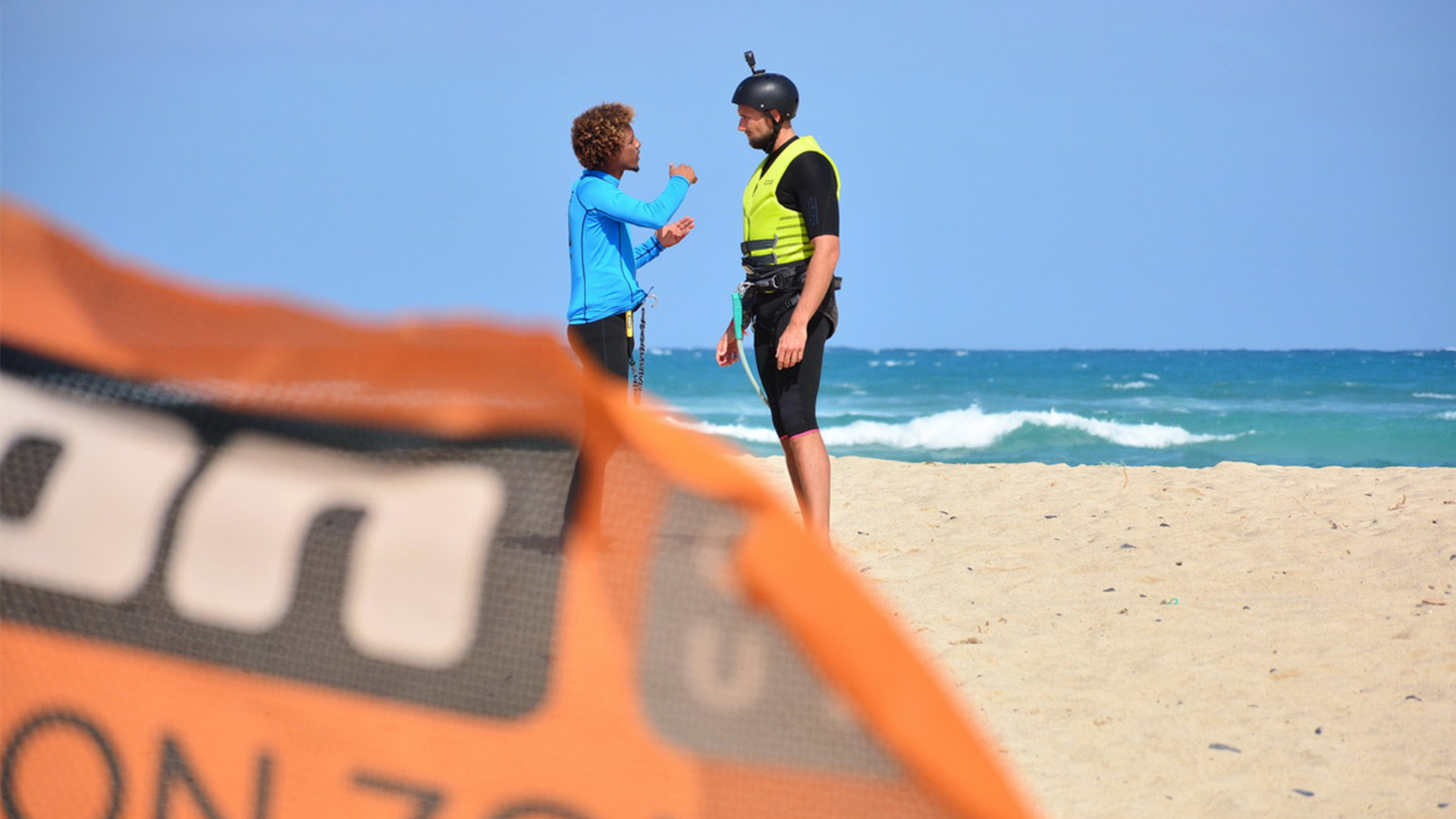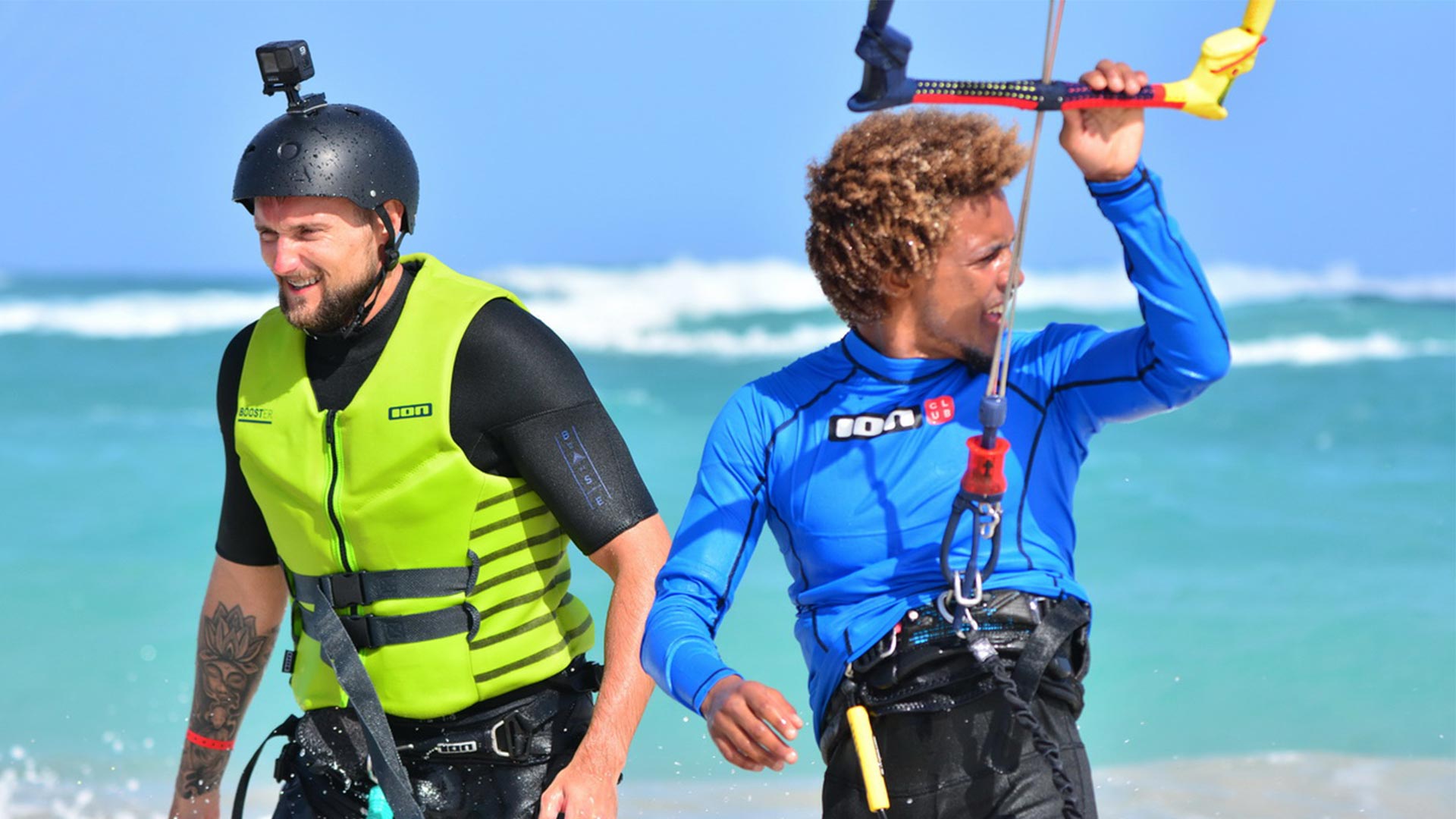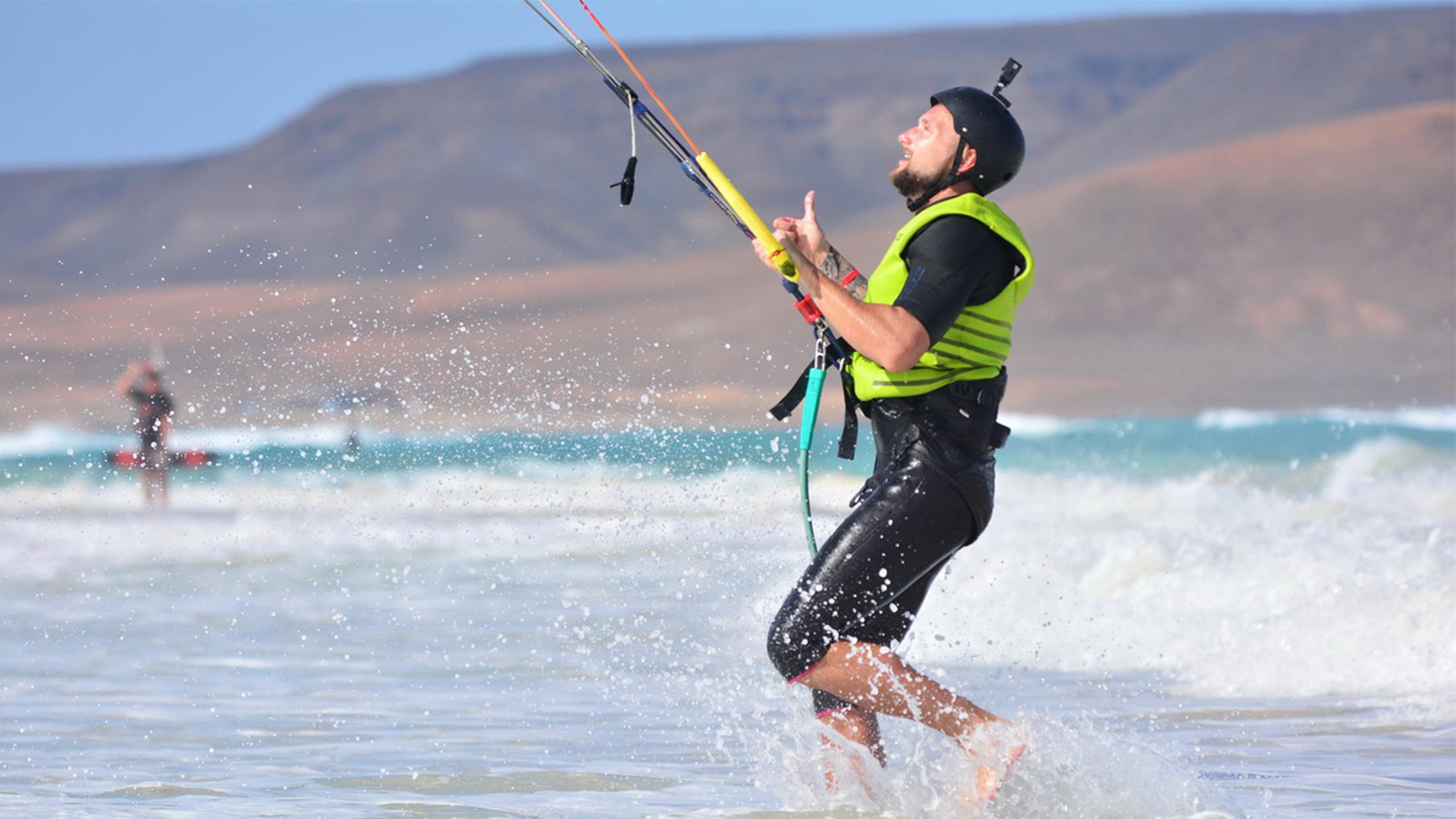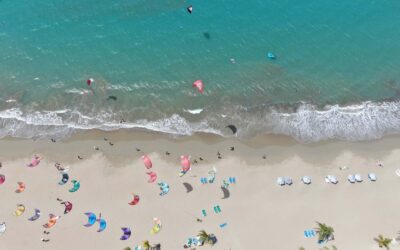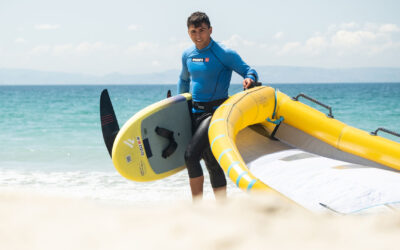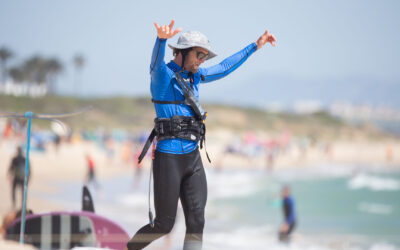Off the coast of Senegal is an archipelago of ten islands called Cape Verde, known for its seaside resorts for some of them, for its mountains for others, and of course for its kitesurfing spots. Some are easily accessible, others less so, but there is plenty of room for all types of kiteboarders, the winter period between November and May being the most favourable.
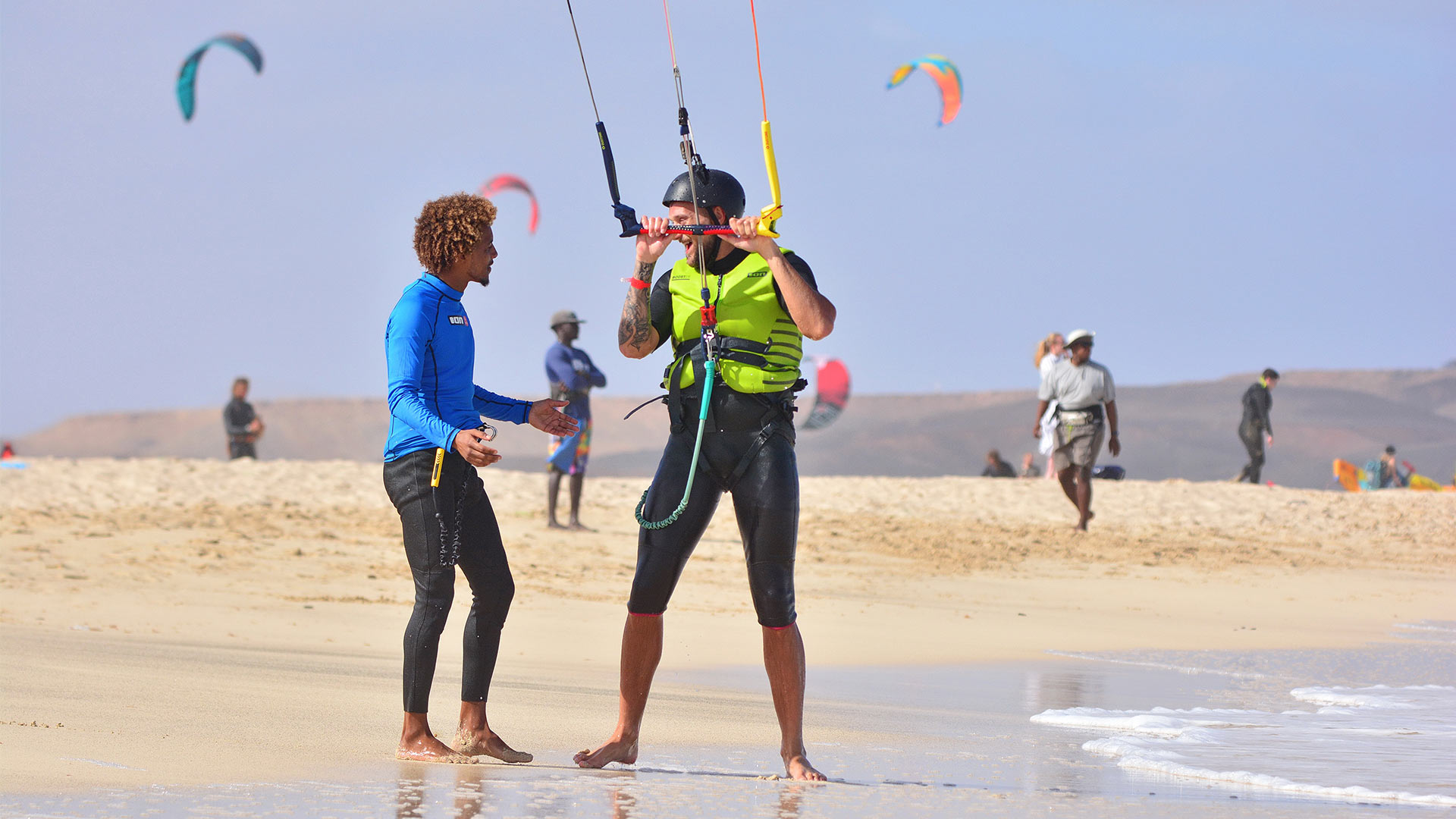
How to get to CapE Verde?
Several airlines offer flights from Europe almost every day, such as TAP (Air Portugal) or TACV (Cape Verdean airline).
Some charters also take you directly there, but often you have to take the complete package offered by the travel agencies (flight, hotels, transfers).
Don’t forget your passport, it is compulsory and must be valid for 6 months after the date of return from your holiday.Although many flights are not direct, you can often make a stopover in Lisbon on the same day. Or you can go through some of the Cape Verdean islands.
This may be an opportunity to visit places other than your final destination and meet the locals and speak Portuguese.
What are the essential kitesurfing spots in Cape Verde?
Two islands in Cape Verde are mainly known worldwide for kitesurfing.
In the east of the Cape Verde archipelago, put down your board bag in Boa Vista, the island with magnificent beaches that are close to paradise in terms of their natural beauty. Several kite spots are accessible to all and are supervised by the nautical clubs on the whole north-western coast of the island, close to the town of Sal Rei.
Freeride, freestyle, waves and why not kitefoil, in short a wide program that suits any kitesurfer, from beginner to expert. Several kitesurfing centres have set up on the beaches to the south of this small town of 6,000 inhabitants, not far from the hotels and flats that can accommodate holiday makers.
For those who wish to take lessons or hire equipment, the beaches of Carlota, the Dunes and Estoril are waiting for you! The wind is generally side-shore or even side-offshore, blowing between 15 and 25 knots.
Some clubs offer boat drop-offs on wave spots not far from the superb Santa Monica beach as access by car is not recommended, or you have to walk a lot with your kitesurfing equipment on your back.
Another well-known island for kitesurfing in Cape Verde is the island of Sal located in the north-east of the archipelago. It owes its notoriety in particular to the international windsurfers and wave enthusiasts in the 90’s where the World Wave Cup or the Windsurf Trilogy took place in 1997, at the famous spot in the south of the island, Ponta Preta.
This spot is reserved for expert windsurfers and now for kitesurfers of the same level, because of the big and fast reef waves. Fortunately, it is possible to sail elsewhere in Sal, on more accommodating spots, south of the island.
These are mainly in Santa Maria, a fishing village only 10 kilometres from Ponta Preta and twenty minutes from the airport.
Here, the spots are suitable for all levels of kitesurfers, without danger or fear as they are sandy and supervised by the kite schools whether you are taking lessons or renting equipment from them.
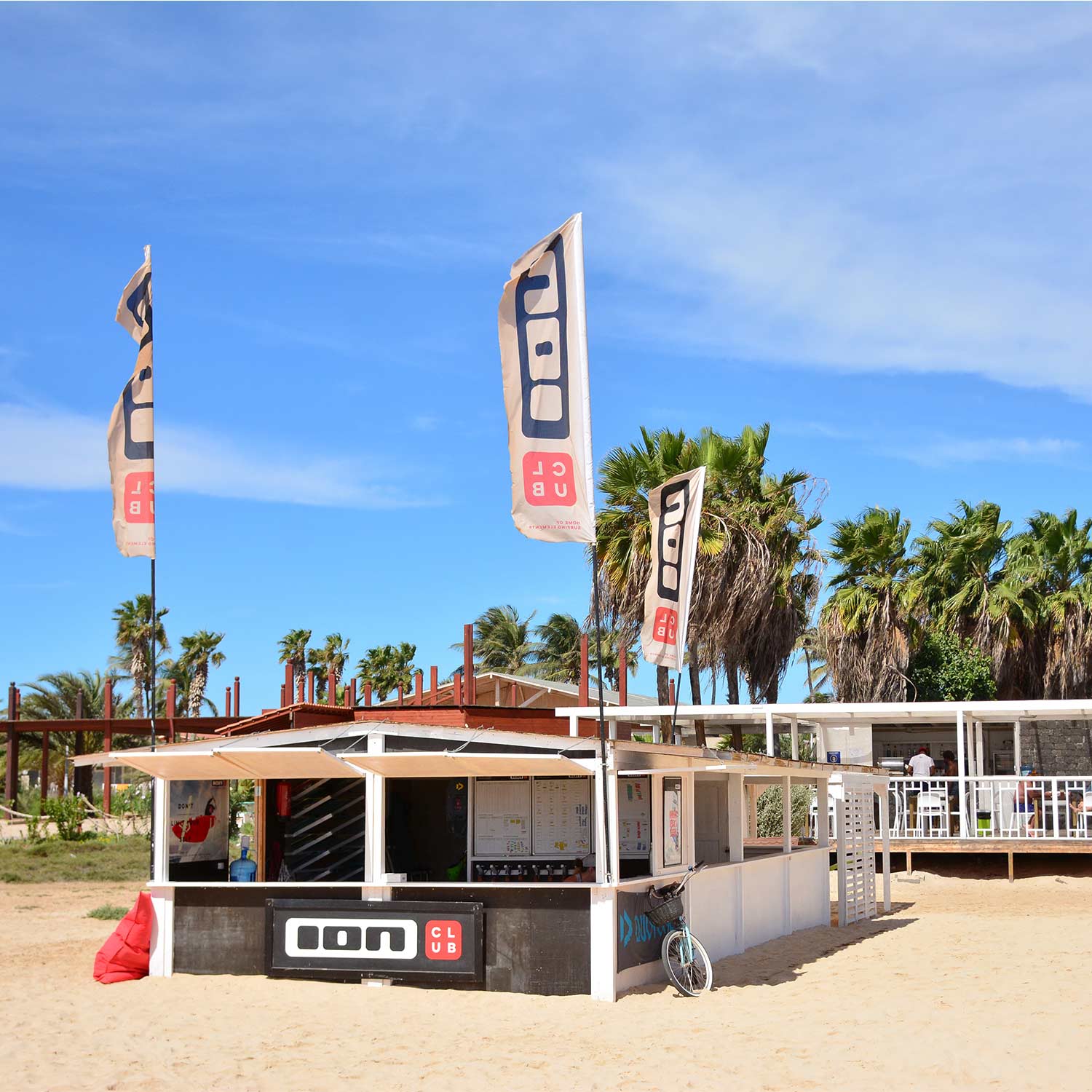
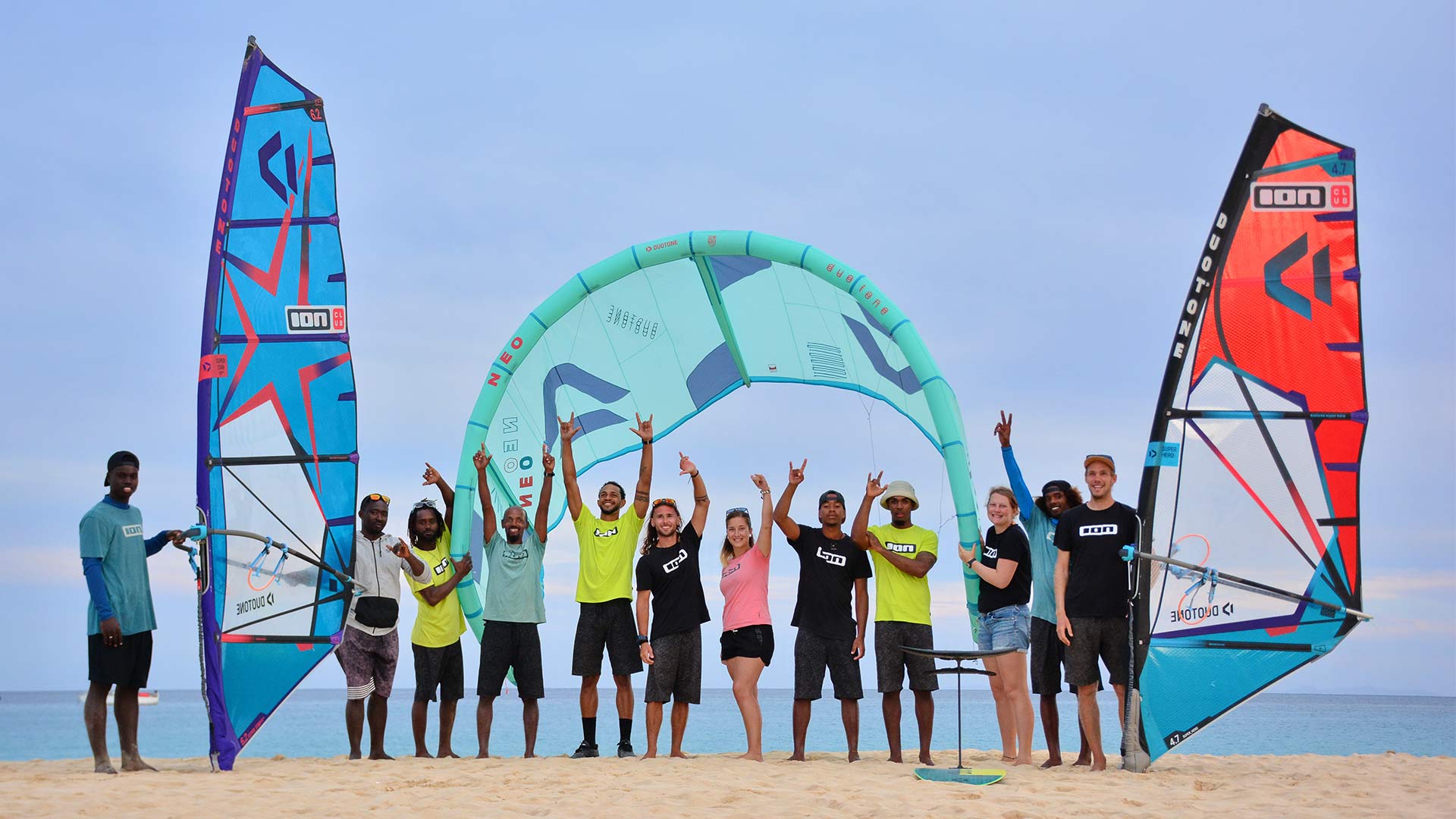
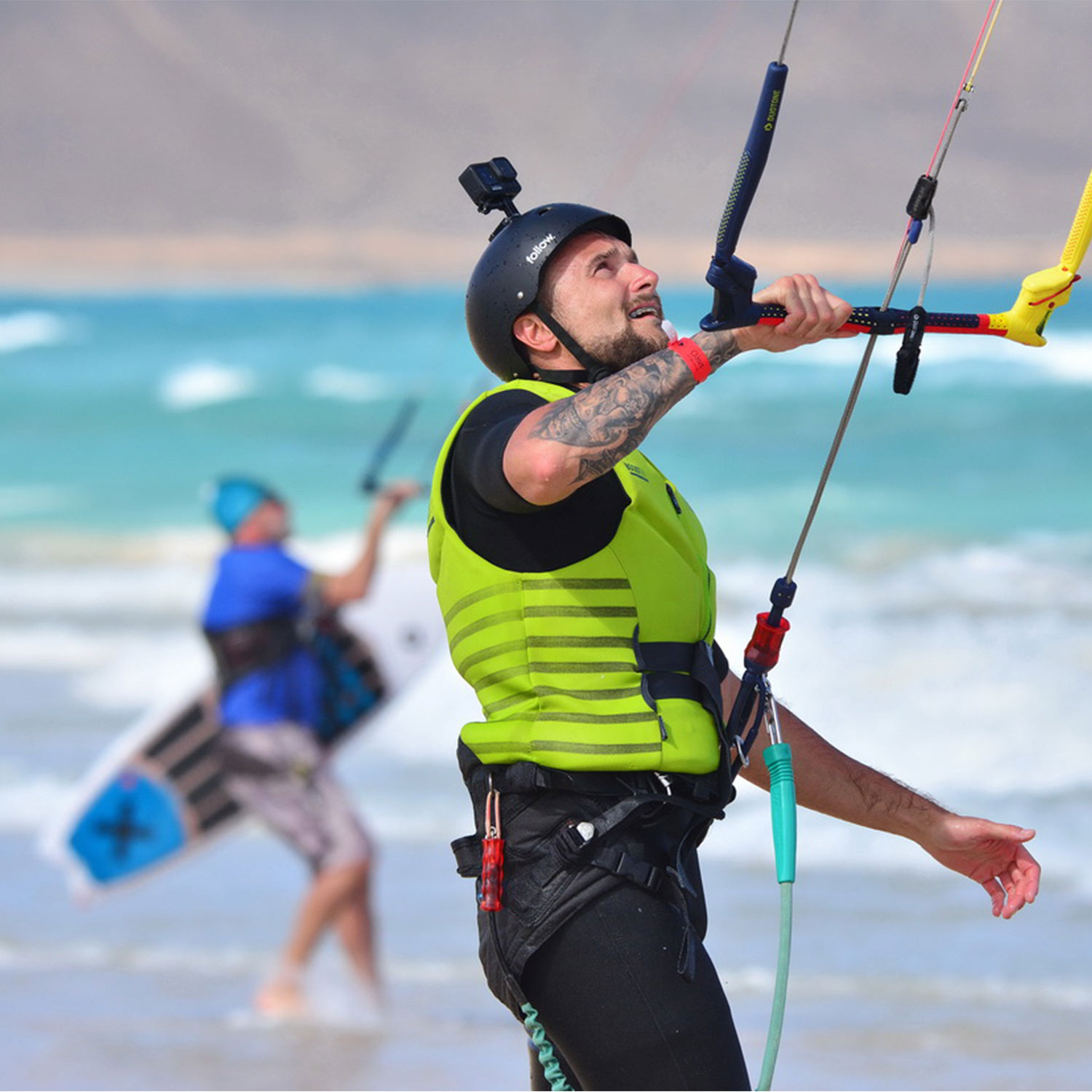
Santa Maria beach, with its fine sand beach 4 kilometres long welcomes kitesurfers who prefer to stay on site and close to the village, without having to rent a car or take a taxi or the shuttle from a kite club (or hotel).
Slightly out of the way of the small town, beware of the shorebreak and the occasional windy area. The wind blows side-offshore and the spot is mainly for experienced kiteboarders and freeriders as it is a flat or choppy water.
On the beach of Santa Maria you will find the ION CLUB kitesurfing centre with a wide range of Duotone equipment. It is important to ask the centre for information about the spot, but also about the more versatile Kite beach.
Kite beach is located outside the city, on the east coast of the island of Sal, ten minutes away by car. Kite beach is a large lagoon designed for freeride enthusiasts but also for wave lovers thanks to its reef. It is recommended at high tide and quickly reached in a few tacks, 300 metres from the launch.
The wind blows side-onshore, which is why it is so safe, especially as there are no infrastructures or buildings on the beach or in the surrounding area.
If you are a beginner or not very comfortable with kitesurfing, beware because the spot is not supervised. It is better to take some kite lessons at ION CLUB and on the spot in question to get the hang of it.
Sal has many other hidden treasures for kiteboarding enthusiasts. It’s easy to rent a car, load your quiver and drive to Ponta Sino for example, on the southwest coast, a few kilometres from the town of Santa Maria, opposite Kite beach. Sometimes there are waves, sometimes not, ask the locals, it’s the best way to be sure of the conditions.
For the pure wave riders, head further north, on the west coast, to Secret or Ali Baba, as two nice wave spots are named for swell and thrill seekers. The wind blows side-offshore and is exposed on rocks.
What are the good conditions in Cape Verde for kitesurfing?
The ideal season for kitesurfing is from October or even November to May-June.
In the summer, it is unlikely to have good windy conditions. From one island to another, the wind will be stronger, especially on Sao Vicente with a wind speed of 35-40 knots, an island mainly used by windsurfers on the south coast, with 100% offshore wind.
Don’t worry, most of the time the dry north-east wind is lighter on the islands of Sal and Boa Vista, around 20-25 knots. And for a 100% kitesurfing holiday, opt for February or March, when the wind is stronger.
As you can see, the most popular and supervised spots in Cape Verde are accessible to all levels of kitesurfers as well as to different programmes such as freestyle and freeride. Whether in Sal or Boa Vista, you will be supervised by the kite centres. You’ll be able to sail with peace of mind, unless you want to try out the wave spots, which can reach a significant height.
Why will I have a good kitesurfing holidayS in Cape Verde?
The archipelago of Cape Verde offers a multitude of kitesurfing, windsurfing and surfing spots, as well as beaches of exceptional beauty and mountains that would make even the greatest hikers jealous, mainly on the island of Santo Antao.
Kitesurfing, scuba diving, surfing, windsurfing, quad biking, swimming in the 23-24° water. The air temperature is pleasant all year round and very rarely falls below 20°… even in the evening.
In winter, it can be more difficult to find islands or countries close to Europe that can compete with Cape Verde thanks to its excellent sailing conditions and very favourable weather. Ten hours is the time it usually takes from Paris to the islands of Sal or Boa Vista, including a stopover in Lisbon.
If you fancy kitesurfing this winter, this is certainly the perfect getaway destination for you.
Cabarete Kitesurfing: Everything You Need to Know
In the Caribbean archipelago, it’s almost impossible to have never heard of the village of Cabarete, once a small fishing village, and now a legendary kitesurfing spot! Located in the northwest of the Dominican Republic, the kitesurfing community has blended into the...
Choosing Your Wingfoil Equipment: Our Tips
Introduction to Choose Wingfoil Equipment Riding with quality wingfoil equipment suited to your level is important if you want to progress and enjoy your time on the water! Whether you are a beginner, intermediate, speed enthusiast, or freefly lover, your wingfoil...
BECOME AN INSTRUCTOR
CHOOSE YOUR TRAINING GOLF DE ROSES Ready to become a certified instructor and live the dream job? Join ION CLUB for IKO and VDWS certification courses. These instructor training programs prepare you for a career as a kitesurf instructor, giving you the skills...

